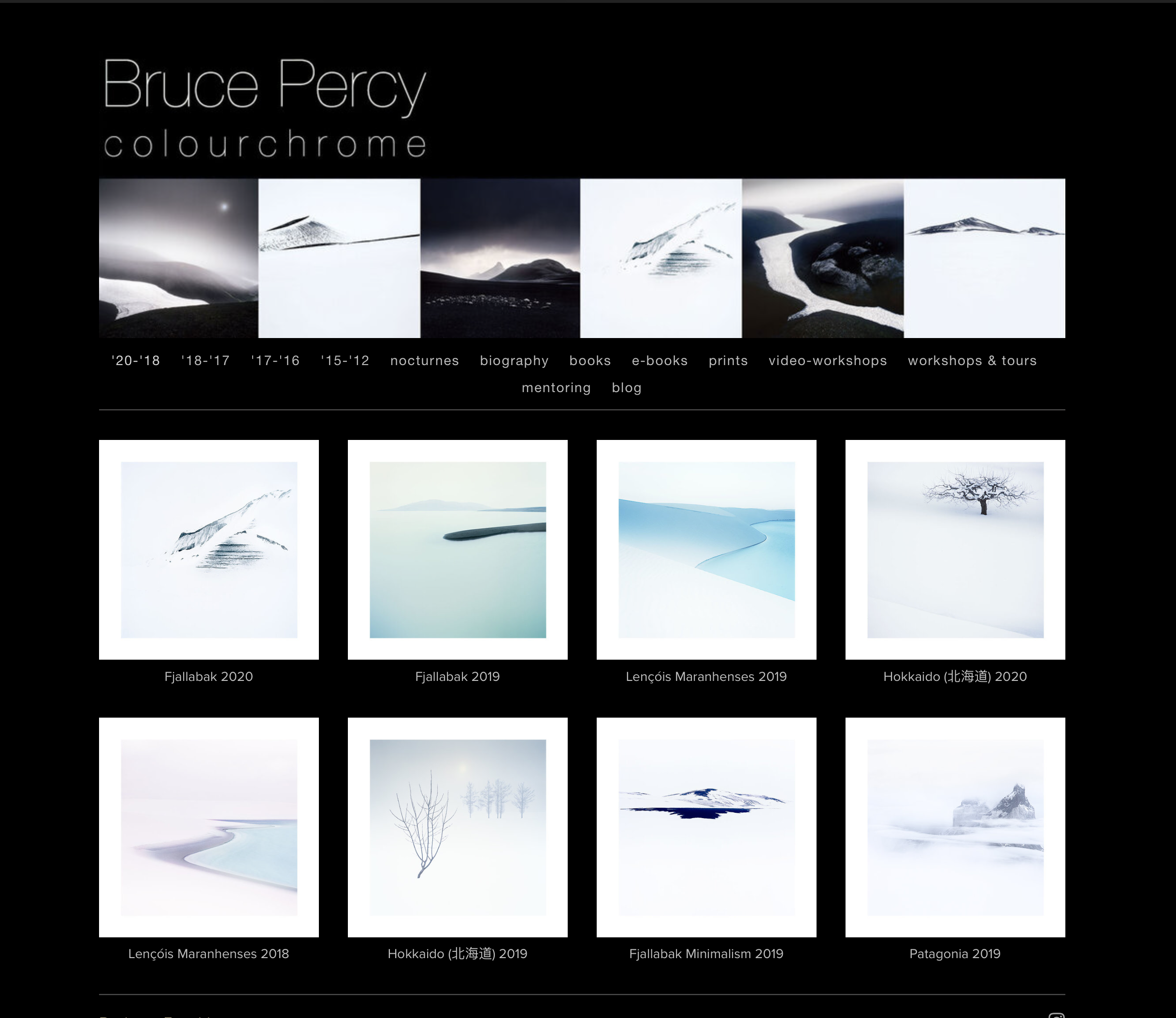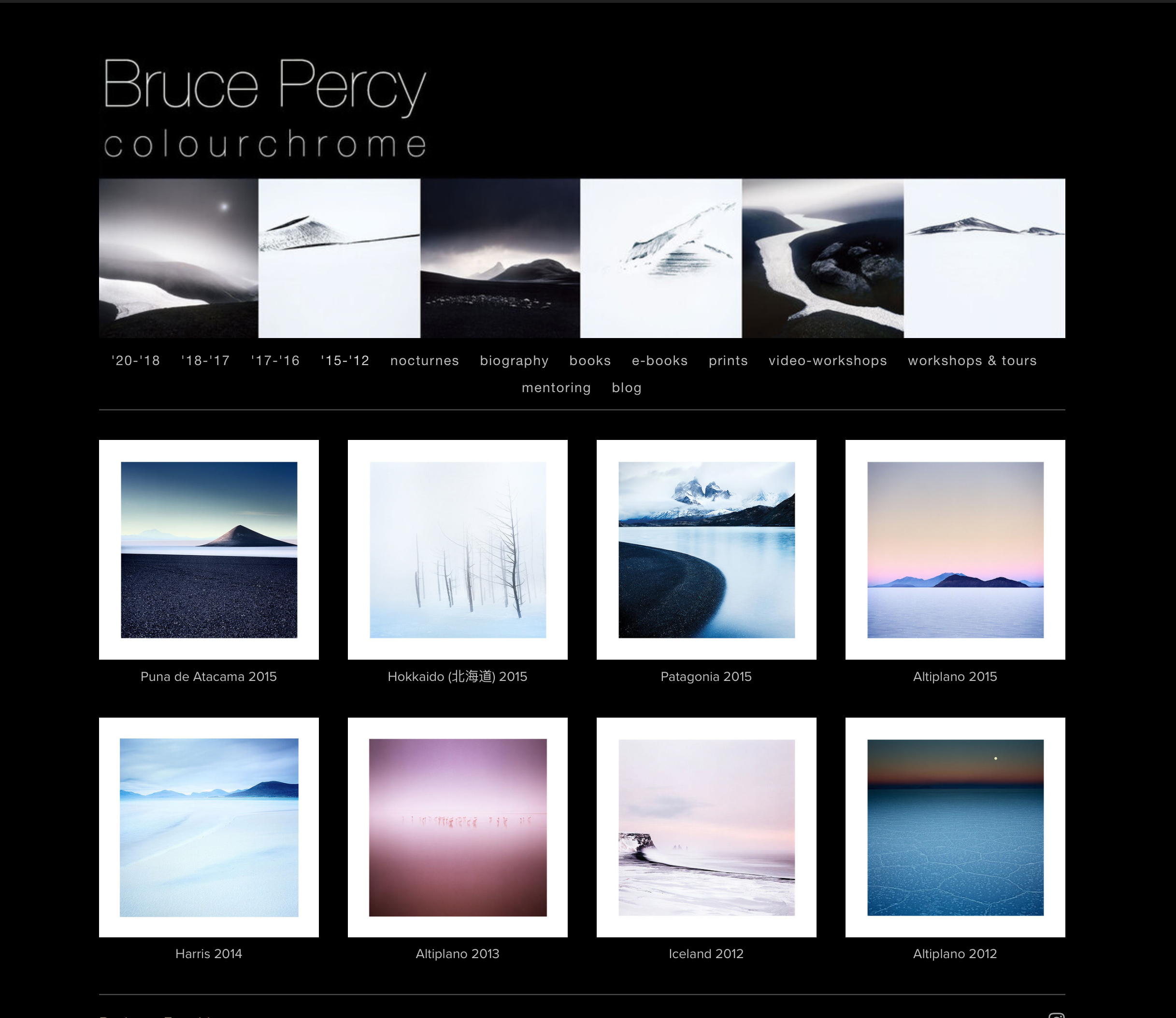It’s been about eight months now since I picked up a camera. I must confess that I have felt very little desire or need to go out to make photos over this time. I think it is because the last eight months have given me a chance to have a hiatus that I think my subconscious had been thinking about for quite some time.
I have often thought, and written on this blog, that as much as your passion or hobby is something that we may all live and breathe every moment of the day, the truth is: we all need to take time away from it. It is in these lulls or moments of doing something else that I think we get a chance to reflect and most importantly, return to our interest with a fresh perspective. It’s really valuable to take the foot off the accelerator every once in a while. And it’s extremely healthy to go and do something else for a while.
Over the past few months as I’ve tried to find a structure to my day, I have chosen to walk each morning from my home, across a local park to a coffee shop. I just go in, buy a take away coffee and go for a walk around the park. What I have found most enjoyable about this little routine is that each time I venture outside the door, I am filled with photographic memories triggered by the weather and atmospheric conditions.
For example, on a crisp frosty morning, I have found myself feeling as though I am right back in San Pedro de Atacama in Chile. The mornings are often crisp and cold there at the time of year I like to go to Bolivia. There is a ‘cold’ smell in the air of that little town which I have detected in the cold air of a Scottish morning as I head out.
Just today, it was another frosty cold morning, with lots of sunlight and no breeze. It took me right back to the many mornings I spent photographing Tibetans and Hindu’s around the Bodha stupa of Kathmandu. As I walked across my local park, I was no longer in Edinburgh. Instead the temperature, the light and the smells of earth in the air had transported me back to my time in Nepal.
These remembrances are not something new to me. I have found for many years that each place I return to, has its own ‘signature’ - a feeling if you will, or a smell, a taste to it. Each time I arrive in Punta Arenas in Chile for my Patagonian trips, there is a sudden strong feeling of ‘knowing this place’ just from how the weather, the air, and the light feel. Japan, Iceland, wherever, all have these residual memories built into me. I am sure I am not alone.
So over the past eight months that I have been resigned to staying in one place, I have found that all my favourite places have come to visit me in my mind. Brought on by the temperature, air and light quality of my own back yard. My little walk across my local park each day allows me to remember photography and the memories and feelings are often so strong that I feel as though I am there.
In my mind, I am photographing. I am living in the landscape. All the special places I have come to know and love, I realise, are never very far away. There is great potential to reconnect, to remember your photography by recognising similarities to where you are right now, to where you have been.







